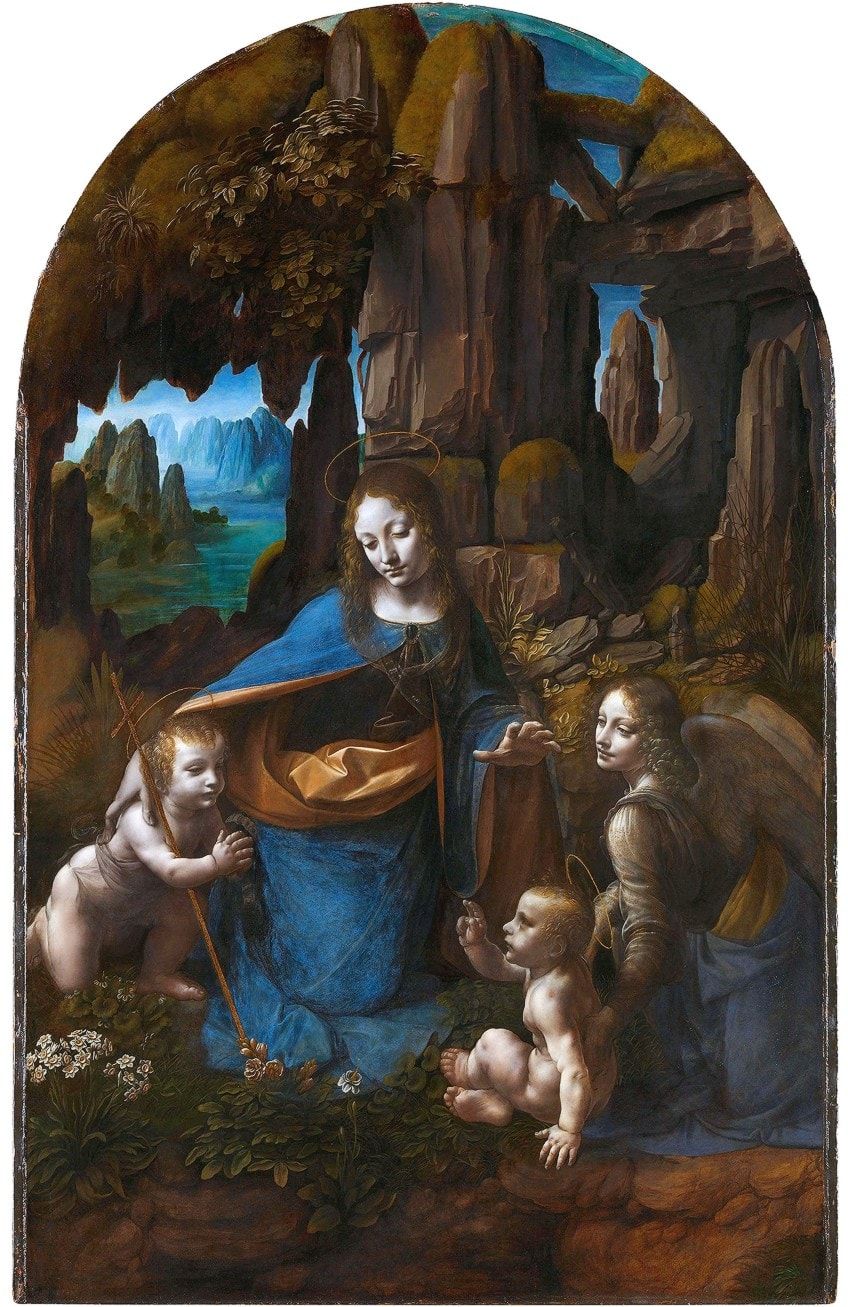Sfumato Technique: Oil Painting

Hello there oil painting lovers, thinking of you, we've decided to create an amazing series of posts about oil painting techniques.
These techniques will help you to improve your skills and give you more confidence on your next paintings.
Today we'll talk about the SFUMATO technique.
Sfumato is a painting technique that employs a subtle gradation of tones to create the illusion of depth and volume. This approach was famously used by Leonardo da Vinci in his iconic paintings like the Mona Lisa.
The term “sfumato” comes from the Italian word for “smoke”, which aptly describes the hazy, atmospheric quality of paintings executed in this style. Sfumato relies on the gradual blending of tones and colors, rather than stark contrasts, to create a sense of depth.
This technique is often used in portraiture, as it lends faces a softer, more lifelike appearance. But sfumato can also be used in landscapes and other types of paintings.
Leonardo perfected the technique creating imperceptible transitions between light and shade, and sometimes between colors, he blended everything without borders in the manner of smoke, his brush strokes so subtle as to be invisible to the naked eye.

Besides Leonardo and his followers, the Leonardeschi, who often used it heavily, other prominent practitioners of sfumato included Correggio, Raphael, and Giorgione. Raphael's Madonna of the Meadow is a famous example, particularly around Mary's face. The Leonardeschi include Bernardino Luini and Funisi.
Famous Sfumato Examples
- Ginevra de' Benci (1478) by Leonardo da Vinci.
- Virgin of the Rocks (c. 1491-1508) by Leonardo da Vinci.
- Youth Holding an Arrow (1505) by Giorgione.
- Girl with a Pearl Earring (c. 1665) by Johannes Vermeer.

To create a sfumato effect, artists will often use glazes or thin layers of paint applied one over the other. This build-up of layers helps to create the subtle gradations of tone that are characteristic of sfumato paintings.
Sfumato is a highly versatile technique that can be used to create a range of different effects. It all depends on how the artist chooses to play with light and shadow.
Steps to achieve the Sfumato technique :
1) Begin by sketching out your subject matter. This can be anything from a portrait to a landscape.
2) Once you have your sketch, start painting in the largest areas of color first.
3) When you’re happy with the coverage of these initial layers, start adding glazes or thin layers of paint over top.
4) Pay special attention to the areas where you want to create the illusion of depth. This is where subtle gradations of tone will be most effective.
5) Continue adding layers of paint until you’re satisfied with the results. Remember, sfumato is all about gradual transitions so don’t be afraid to take your time.
The key to success with this technique is patience. Sfumato takes time to execute properly but the results are well worth the effort.
Now that you know the basics of sfumato, why not give it a try yourself? Experiment with different subject matter; You might be surprised at the results you can achieve.

D'Artisan Shoppe 15pc profesional brush set
4 natural hog hair bristle brushes and 11 synthetic bristle brushes to create the brush strokes you need.

